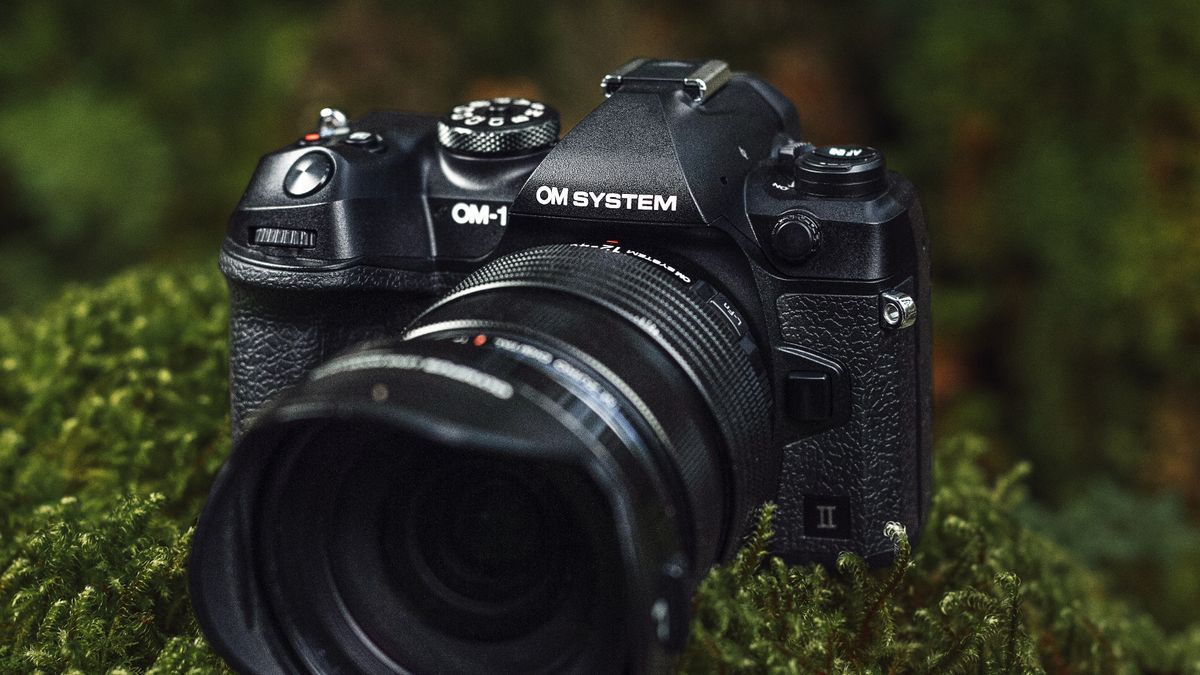In our review of the Olympus OM-1, we labeled the flagship mirrorless camera for photographers “the best Micro Four Thirds camera you can buy” and said it proves that computational tricks are the future of mirrorless cameras. Almost two years later, it has a successor with a different name engraved on its body: the OM System OM-1 II.
OM Digital Solutions had already purchased Olympus when the OM-1 was launched in March 2022. Since then, there has been little activity from the fledgling name in cameras, other than slapping its OM System brand on updated Olympus models that are mere upgrades minors. Unfortunately, the same thing happens here.
We have pretty much the same OM-1 hardware in the new OM-1 II; a 20MP back-illuminated stacked sensor with 1053-point, 50fps AF system with continuous autofocus and autoexposure, plus the rugged body with IP53 dust, splash and freeze-proof rating. Those specs still look good today, but fans of the MFT system would have expected more.
Still, it's a system that's particularly popular among those who don't want to lug around heavy equipment or a tripod, and especially among bird and wildlife photographers, for whom some of the new features of the latest model should only serve to improve the Photography. experience. The OM-1 series is also leading the way for computational photography on proper cameras, proving that they are not just limited to smartphones.
So if little has changed in the OM-1 II's hardware (aside from its new external touch and rubber controls), what exactly is new? In short, improved algorithms. It may not sound sexy, but overall camera performance has been improved, plus some new computational tricks are offered.
Most notable is the improved buffer performance: the OM-1 II can fire for twice as long as the OM-1. If you're maxing out the camera using the 50fps continuous burst mode, you can now capture sequences of up to 256 raw images, with a 5.76m-dot EVF that now has a blackout-free display, whatever your shooting speed. Shooting.
The camera also comes with image stabilization now rated up to 8.5 EV, while the OM-1 was rated at 7 EV. To be clear, the improvement here is based on algorithms and not a newly designed integrated image stabilization system. However, we expect class-leading performance, which is exciting, especially when you combine the second-generation model with the new M.Zuiko 150-600m F5.0-6.3 IS lens released on the same day.
There's also what OM System says is significantly improved autofocus accuracy, through improved AI subject detection algorithms. The OM-1 II can better detect fast-moving birds and keep them in focus. It lets you select any of up to eight subjects in crowded scenes, plus human detection AF has now been added to the AI subject detection menu, which is something we requested in our review of the OM-1.
New and improved computer tricks.

Of all the “proper” cameras, the OM-1 uses computational photography tricks the most (it even has a dedicated menu) and the new OM-1 II adds a whole new feature; LiveGND. In short, it is the world's first graduated filter effect, with a power of up to 3EV. In practice, you select the horizon in your shot and apply the graduated filter to darken the brightest half of your shot, usually the sky, with soft, medium or hard gradations and GND2, 4 or 8 intensity options.
Ultimately, LiveGND balances the exposure when the middle of the shot is much brighter and is a dream for landscape photographers. LiveGND can't be used in conjunction with LiveND (which by the way now goes up to ND128, which is equivalent to 7-stop ND) or Pro Capture modes, but the OM System is going a long way toward eliminating the need for physical lenses. filters completely.
Elsewhere, the high-resolution shooting mode that can capture 50MP handheld stills of still subjects can now be used with 14-bit raw capture for which OM System says provides 3x the number of tones, while that focus stacking is much faster and therefore more usable than before. Until we test the new camera, we won't know if the ugly halo effect in this mode, reported in our OM-1 review, has been fixed.
OM System currently has no plans to implement these algorithm improvements to the OM-1 via a firmware update, although that could change in the future. The OM System OM-1 II ships from mid-February and costs $2,399/£2,199 for the body only (Australia price TBC, but that's around AU$3,640). The OM System hasn't given people much reason to upgrade, but those looking for a new, lightweight and versatile system for macro and wildlife photography in particular have a potentially great option here.










